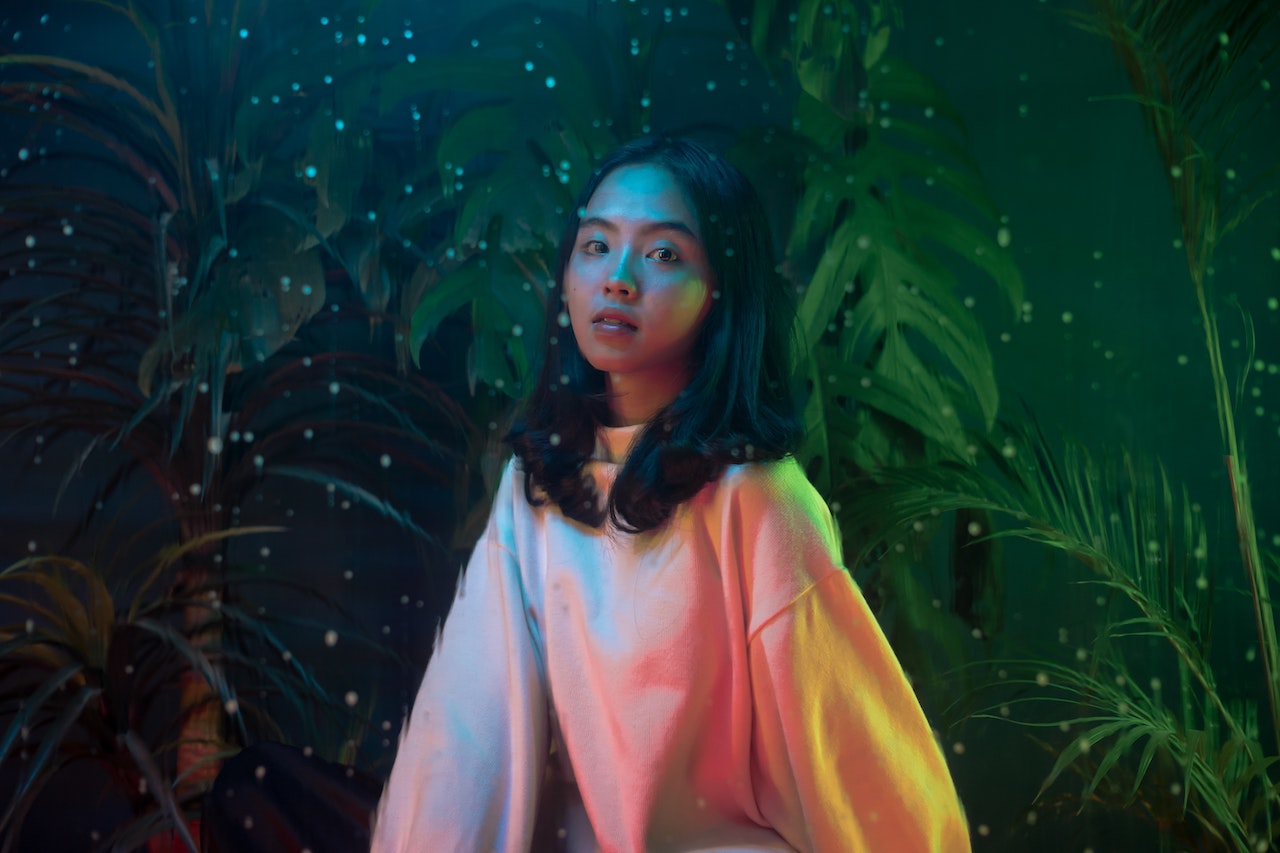Portrait photography is an art form that requires careful consideration of lighting techniques to capture the essence of a person's unique features.
The lighting used in portrait photography can make all the difference in creating a stunning image that evokes emotion and captures a moment in time.
Today, we will explore the different types of portrait photography lighting techniques and when to use them.
These techniques are the basics you should know. There are more portrait lighting styles but for know, understanding these 6 would give you a headstart.
What are the different portrait photography lighting techniques?
There are several portrait photography lighting techniques that photographers use to create different moods and effects in their images.
These include natural lighting, studio lighting, Rembrandt lighting, butterfly lighting, split lighting, and rim lighting.

Natural Lighting
Natural lighting is one of the most widely used lighting techniques in portrait photography. What other way to light up your subject than a free light source right?
This technique uses the light from the sun or other natural light sources, such as a window or door, to illuminate the subject.
Natural lighting can be soft and diffused, such as on a cloudy day, or harsh and direct, such as in bright sunlight.
When shooting outdoors, photographers can use reflectors or diffusers to manipulate natural light and achieve the desired effect.
Another testament to how great natural lighting is that some photographers try to mimic the look of natural light through artificial lighting.
This means using an off-camera flash with diffusers and other modifiers in order to achieve the natural look.

Studio Lighting
Studio lighting is a popular choice for portrait photographers who want complete control over their lighting environment.
In a studio setting, photographers can use a variety of lights, such as soft boxes, umbrellas, and beauty dishes, to create the perfect lighting setup for their subject.
With studio lighting, photographers can control the direction, intensity, and color temperature of the light to create the desired mood and effect.
Artificial lighting may also be combined with natural lighting. This provides an image with more depth and contrast, depending on the setup.

Rembrandt Lighting
Rembrandt lighting is a classic portrait lighting technique that creates a dramatic effect by illuminating one side of the subject's face while leaving the other side in shadow.
This technique creates a triangular patch of light on the shadow side of the subject's face, just below the eye.
Rembrandt lighting is often used in portraiture to create a moody or dramatic effect.

Butterfly Lighting
Butterfly lighting, also known as paramount lighting, is a technique that involves positioning the main light source directly above and in front of the subject's face, creating a shadow that looks like a butterfly under the nose.
This technique creates a dramatic, high-contrast effect that emphasizes the subject's features and can be used to create a glamorous or sophisticated look.
You may achieve this look through artificial studio lights or external flashes. Natural light will do but you need to find a way to direct the light above the subjects face.
If you are using an external flash, a flash bracket will achieve the same effect since the flash is placed higher than the subject's face. However, you need to have a flash modifier to prevent an overpowering light source.

Split Lighting
Split lighting is a technique that involves illuminating only half of the subject's face while leaving the other half in shadow. This creates a dramatic effect that highlights the subject's features and can be used to create a moody or intense look.
You can achieve this by directing your external flash or strobe in a controlled manner. Use a light modifier, possibly a translucent or transparent piece, that can block of huge amounts of lights and redirect it to just one side of the face.
It is a little challenging at first since you also have to control the amount of light. But once done, the result is a dramatic moody image worthy of framing.

Rim Lighting
Rim lighting, also known as edge lighting, is a technique that involves positioning a light source behind the subject to create a rim of light around their outline.
This technique creates a dramatic effect that separates the subject from the background and can be used to create a sense of depth and dimensionality in the image.
Just check the image above. A light source is positioned behind the model. The light hits her creating a stunning outline over her head down to her shoulders.
Rim lighting can be done using a speedlight or natural light. Your creativity is the limit.
When to use certain portrait lighting techniques?
Knowing when to use each lighting technique is crucial to creating a successful portrait photograph.
Natural lighting is best for outdoor shoots or in situations where a photographer wants to capture a natural and relaxed atmosphere.
Studio lighting is ideal for situations where a photographer needs complete control over the lighting environment, such as in a studio or for commercial shoots.
Rembrandt lighting, butterfly lighting, split lighting, and rim lighting are all used to create different moods and effects, and their use depends on the photographer's vision for the final image.
What is the best portrait photography lighting technique?
There is no one "best" portrait photography lighting technique, as each technique has its own strengths and weaknesses. The best technique depends on the photographer's vision for the final image, the subject, and the environment.
Final Thoughts
These basic portrait photography lighting techniques in order to move forward. The portrait photography genre is always evolving and understanding these techniques, then mixing and matching them to your style is good way to differentiate yourself from the rest.
Have fun shooting!

